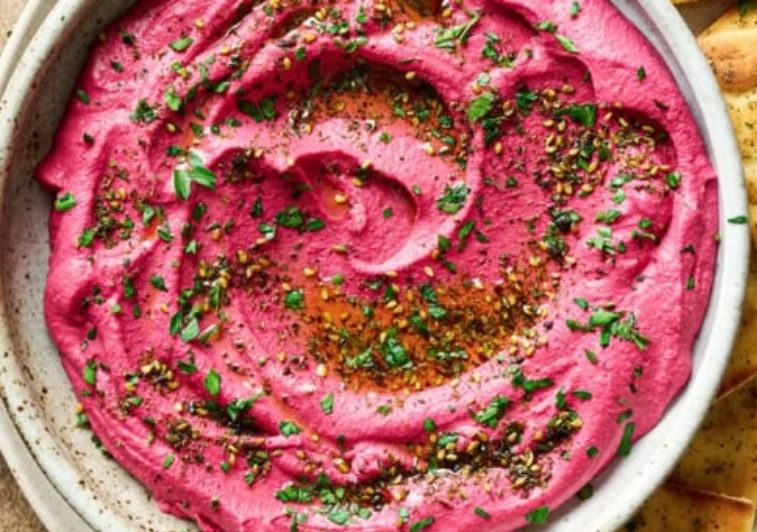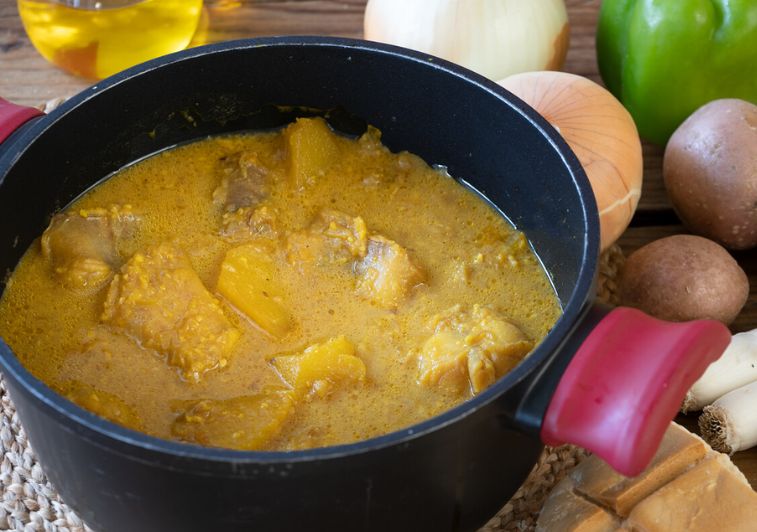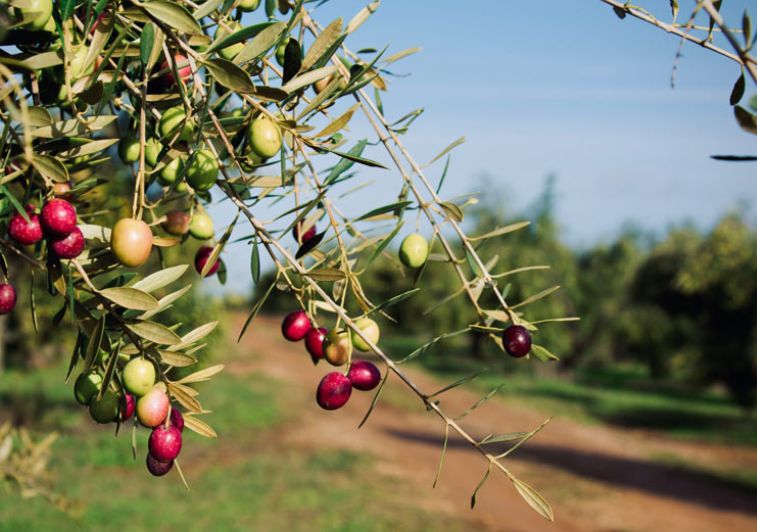Olive Oil in the Kitchen: Uses and Cooking Tips
Olive oil is a fundamental ingredient in many cuisines around the world, especially in the Mediterranean region. Its versatility and richness of flavor make it ideal for a wide range of dishes. From dressing salads to frying and baking, olive oil can enrich and transform any recipe. This article offers a guide on how to use olive oil in cooking, making the most of its unique qualities.
Dressings and Marinades
Extra virgin olive oil, with its rich and complex flavor, is perfect for dressing salads. Its taste can complement fresh ingredients, enhancing raw vegetables or pasta salads. Additionally, it is excellent for marinades, adding flavor and tenderness to meats, fish, and vegetables.
Cooking and Sautéing
Although olive oil has a lower smoke point compared to other oils like canola or sunflower, it remains a healthy choice for cooking at moderate temperatures. It is ideal for sautéing vegetables, meats, and fish, providing a subtle Mediterranean flavor to dishes.
Baking
Olive oil can be a healthy substitute for butter or vegetable oil in many baking recipes. Its use in cakes, muffins, and breads not only adds a unique flavor but also contributes to a moister texture and longer shelf life.
Frying
Although not the most common choice for frying due to its lower smoke point, olive oil can be used for frying at moderate temperatures. It is ideal for frying foods like fish or vegetables, where a more pronounced flavor and a crispy texture are desired.
Preservation
Olive oil is also used for preserving food. Vegetables like peppers, garlic, or eggplants can be preserved in olive oil, which gives them a delicious flavor and prolongs their shelf life.
Tips for Use
Choosing the Right Type: For cooking at high temperatures, it is better to use refined olive oil. For dressings and dishes where the oil's flavor is prominent, choose extra virgin olive oil.
Storage: Keep olive oil in a cool, dark place to maintain its quality and flavor.
Quality over Quantity: Given its intense flavor, often less olive oil is needed than other types of oils or fats to achieve the desired flavor.
Conclusion
Olive oil is a wonderfully versatile ingredient in the kitchen. Whether used in its purest form to dress a simple salad or as a key component in a complex recipe, its ability to enhance flavors makes it indispensable in any kitchen. Experimenting with different types and uses of olive oil can open up a new world of flavors and textures in cooking.
With this, we have developed the five proposed articles on olive oil, covering its health benefits, the global market, varieties, production process, and its use in cooking. Each one offers an in-depth view of this valuable product and its role in gastronomy and health.

 United States
(English)
United States
(English) Spanish
(Español)
Spanish
(Español) Chine
Chine


















